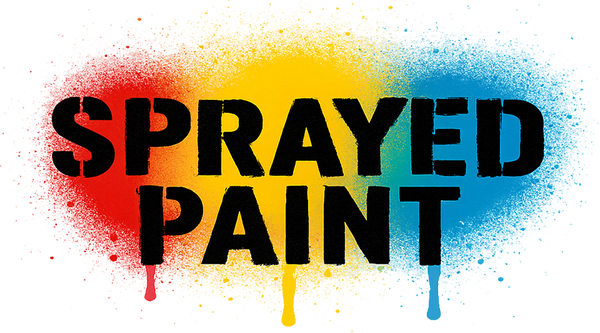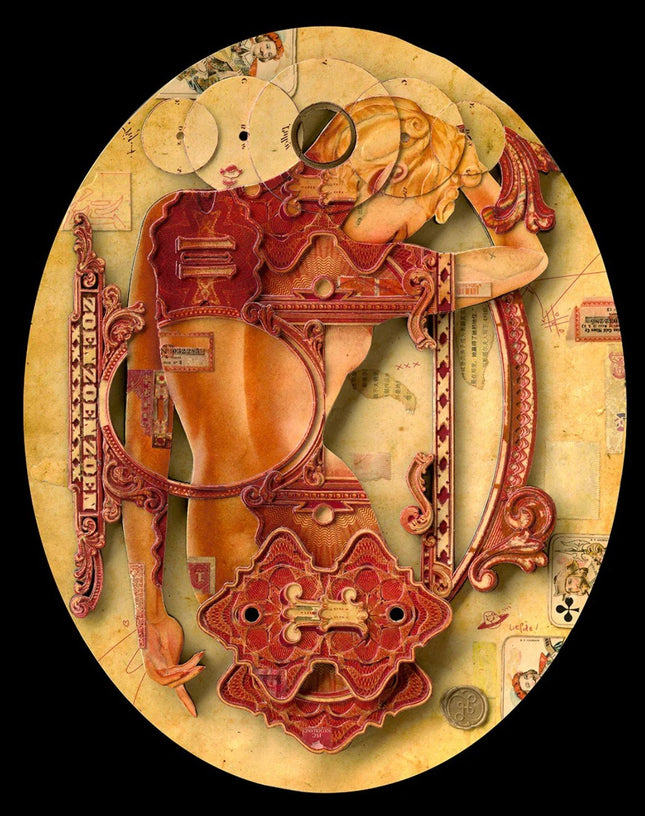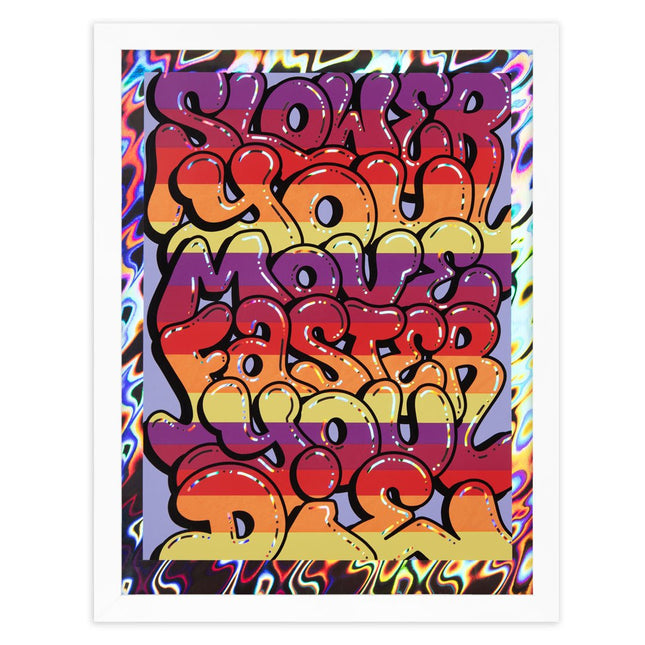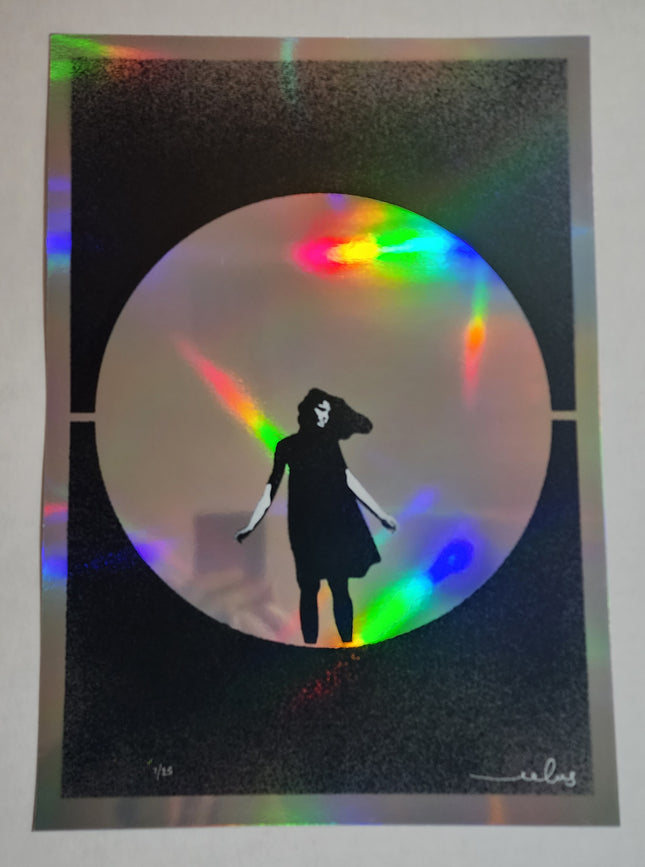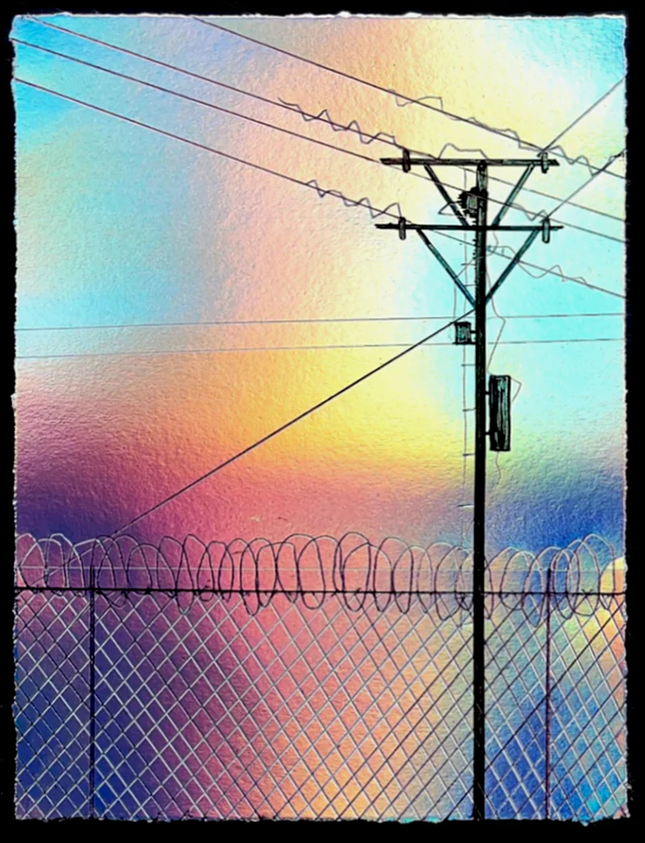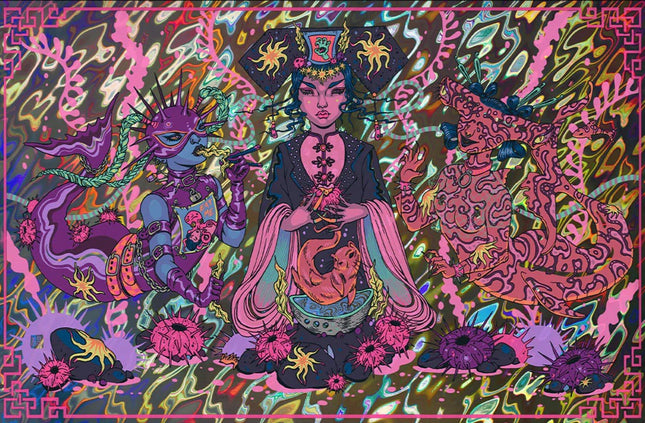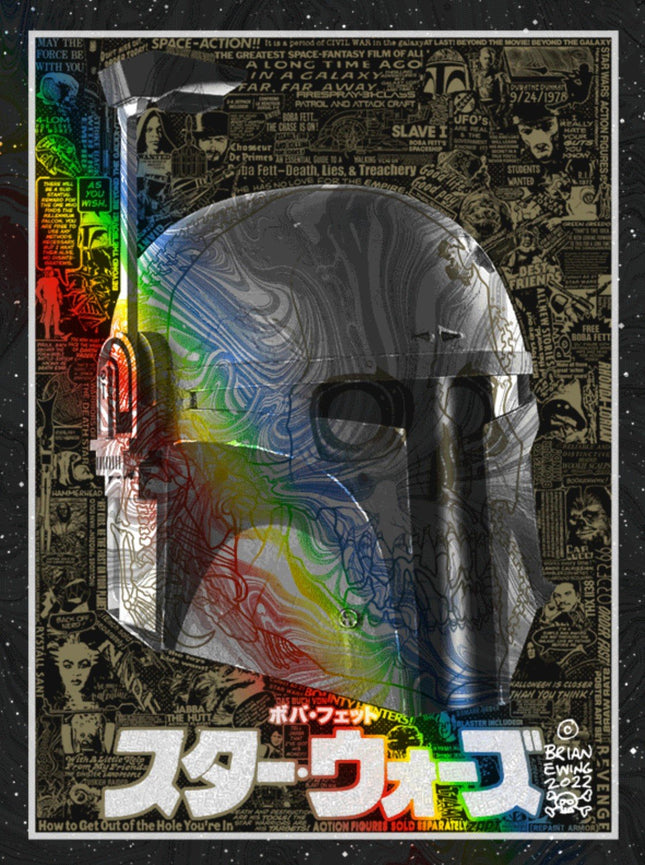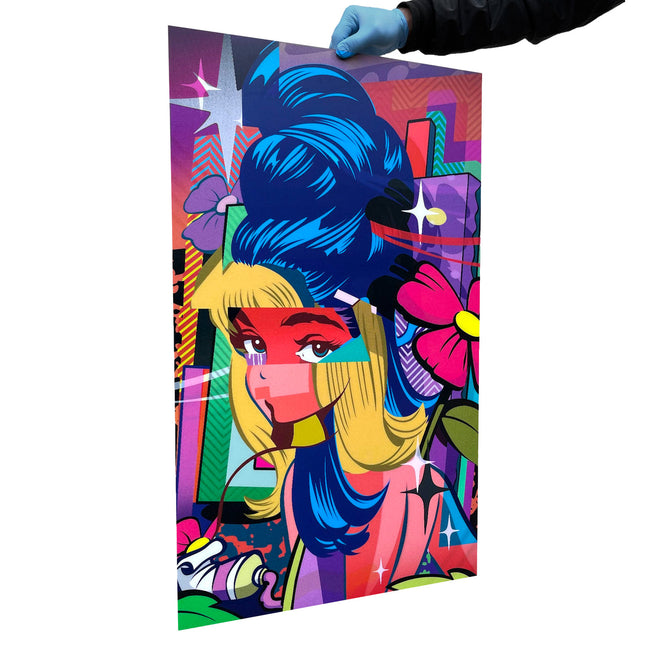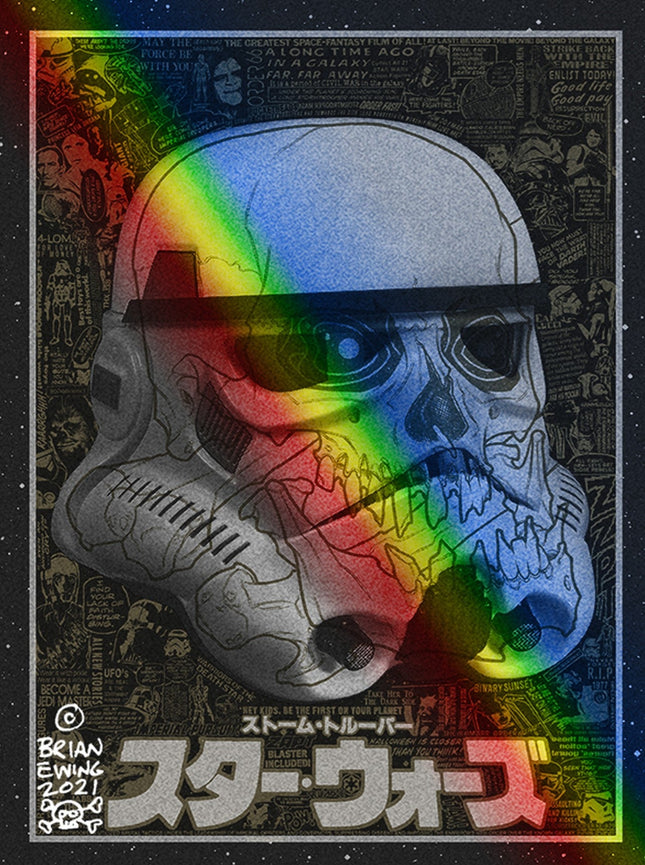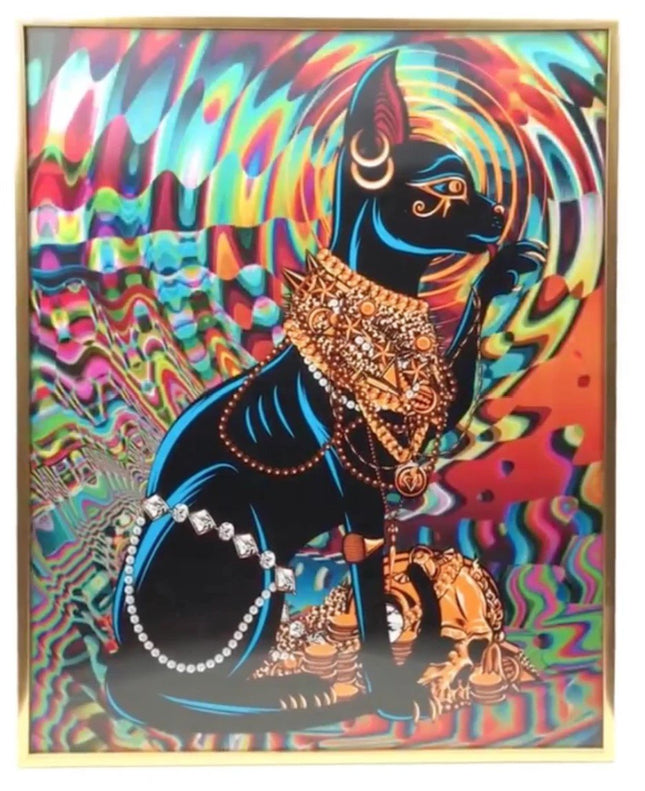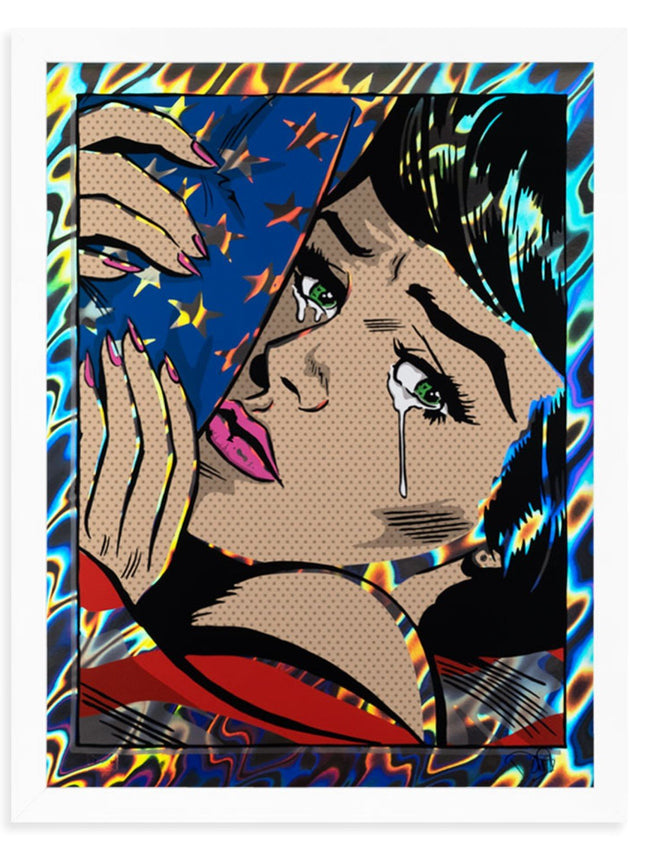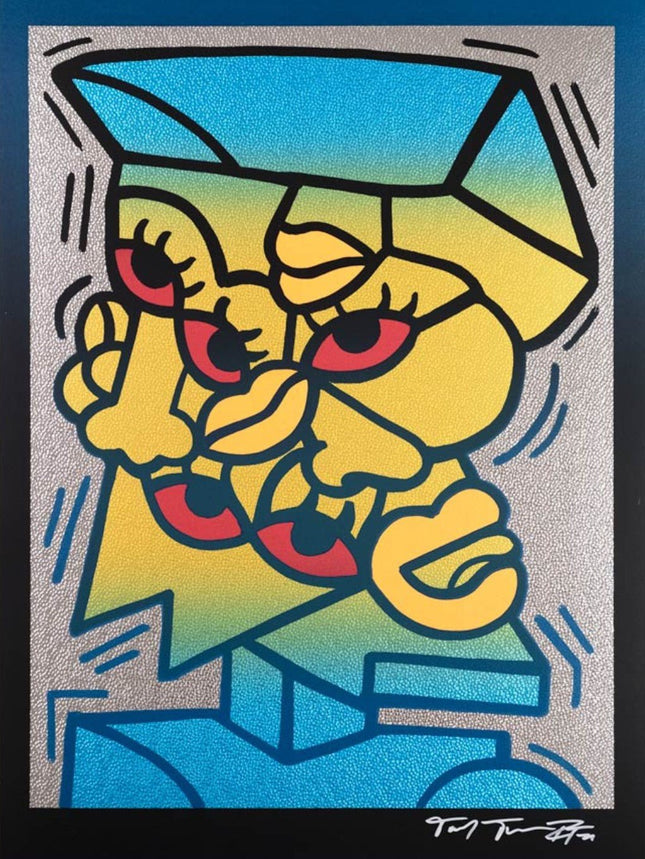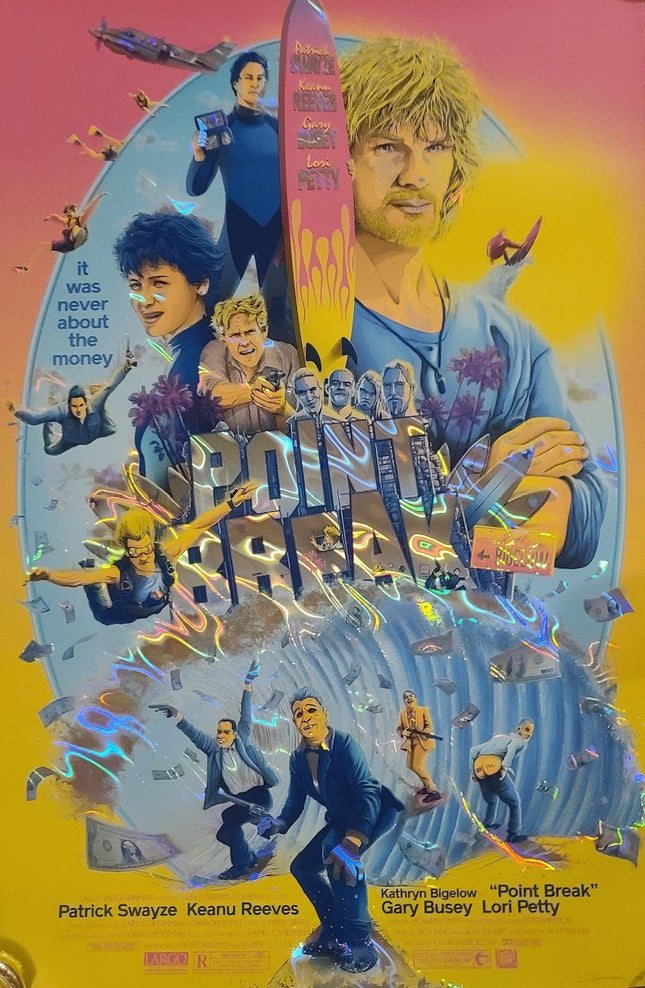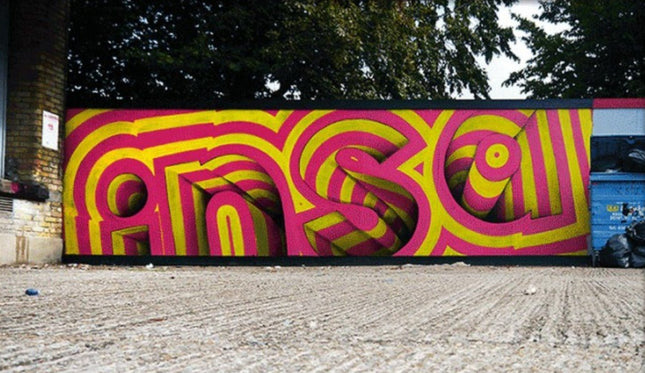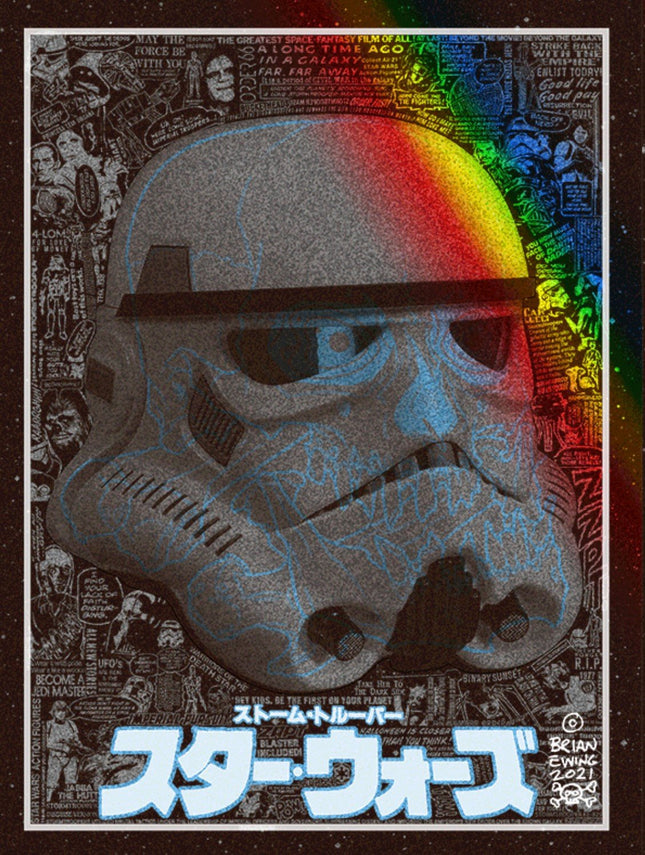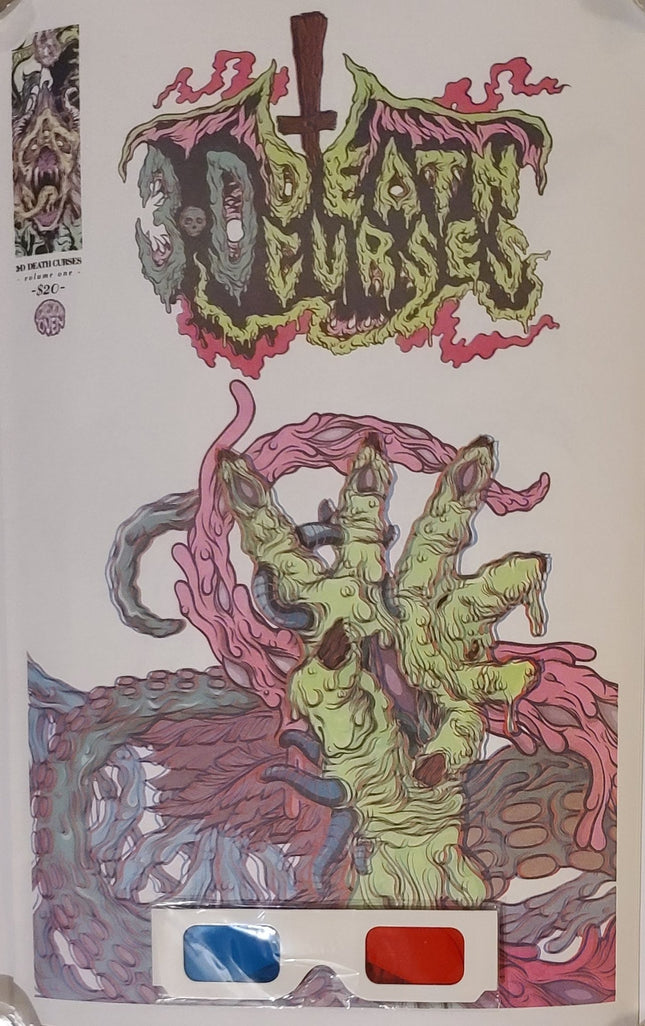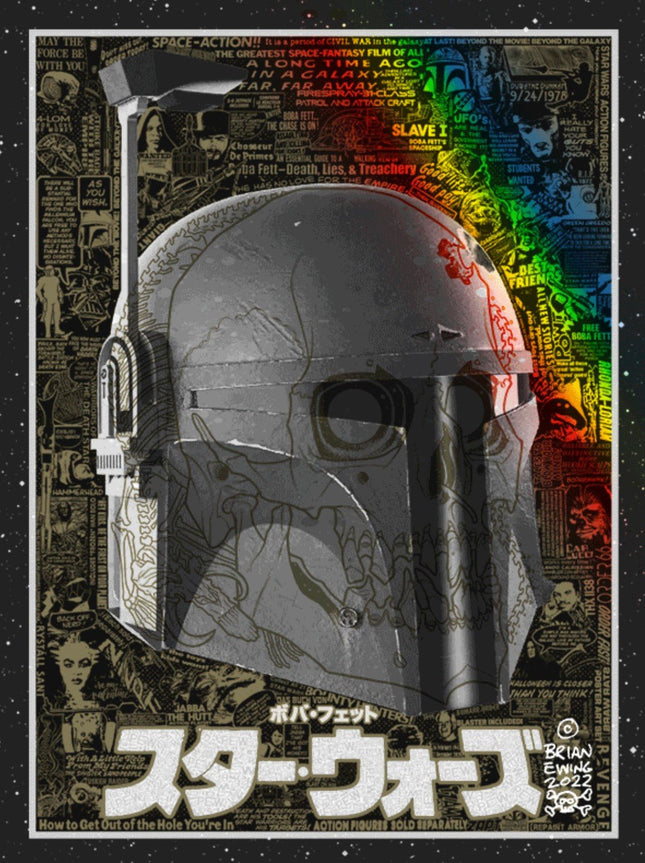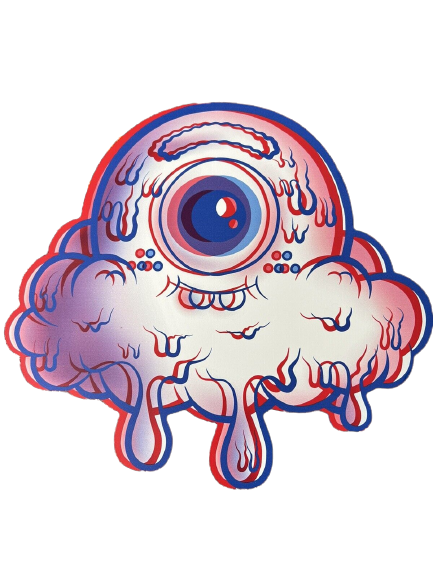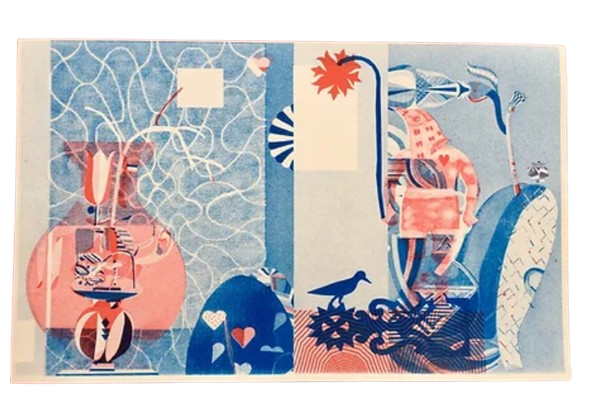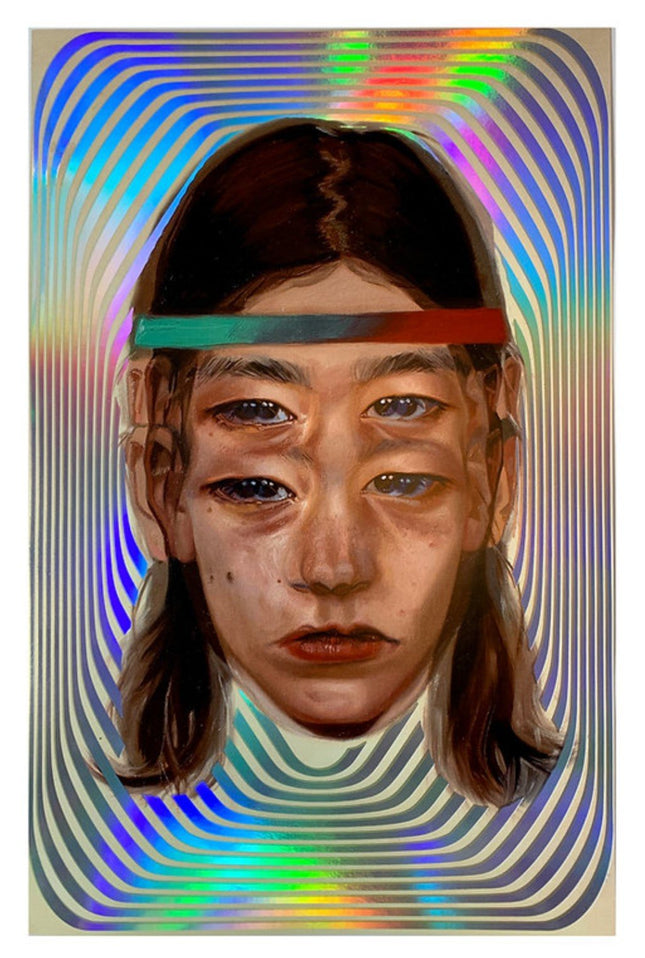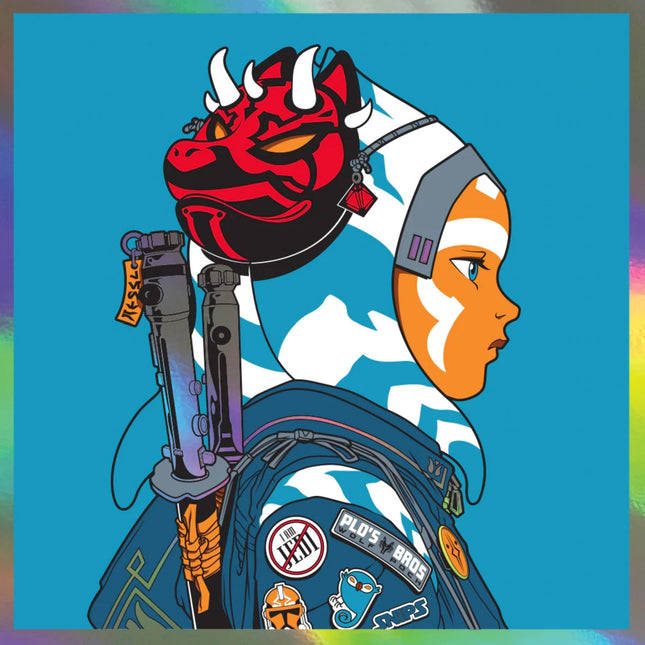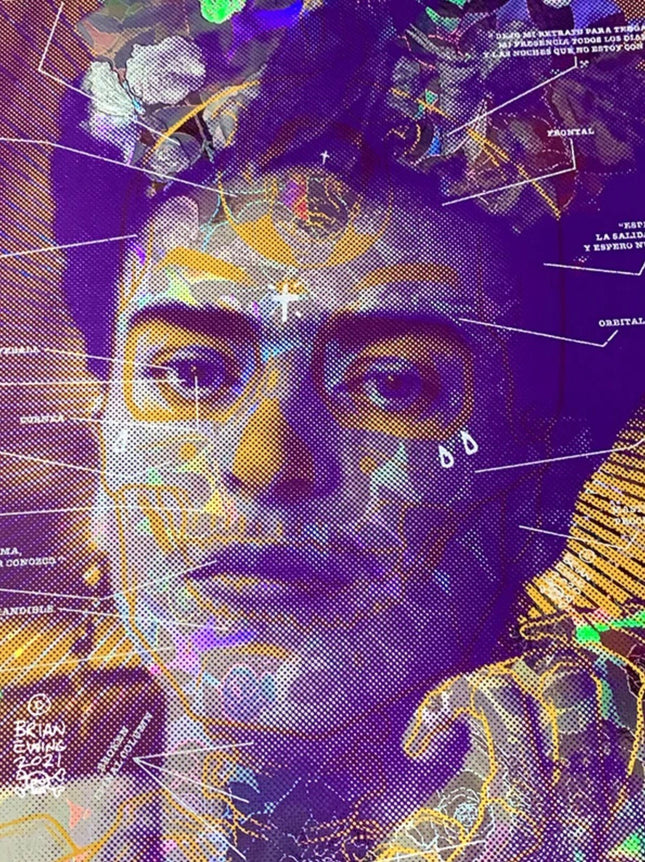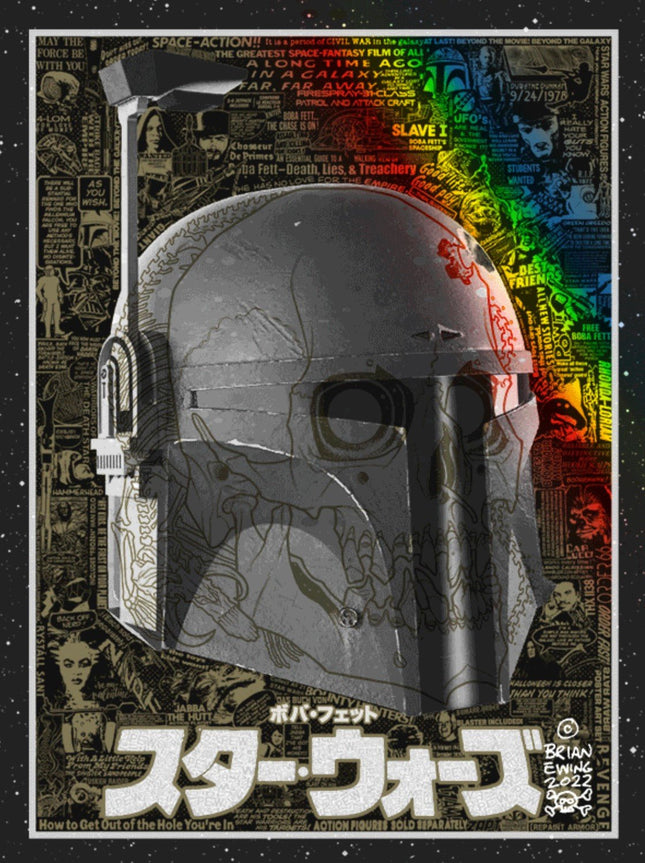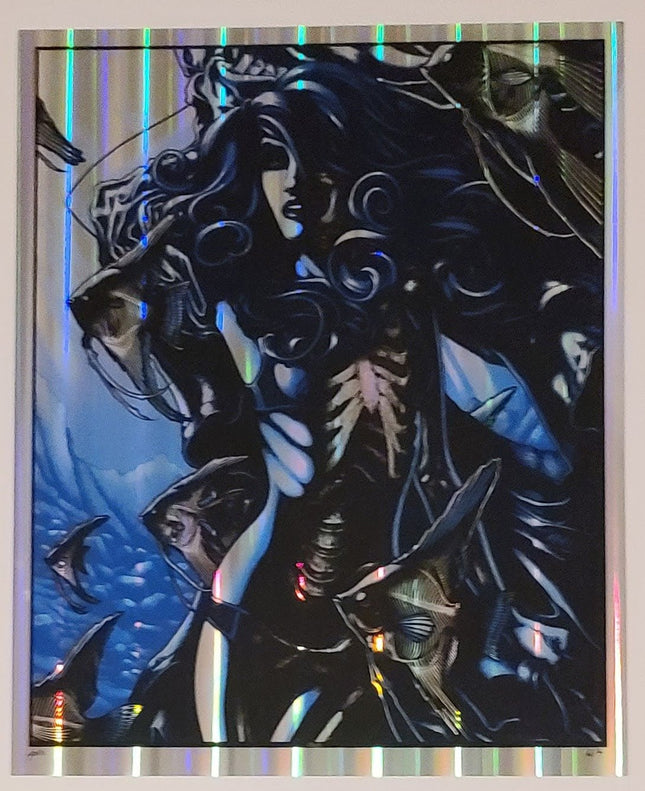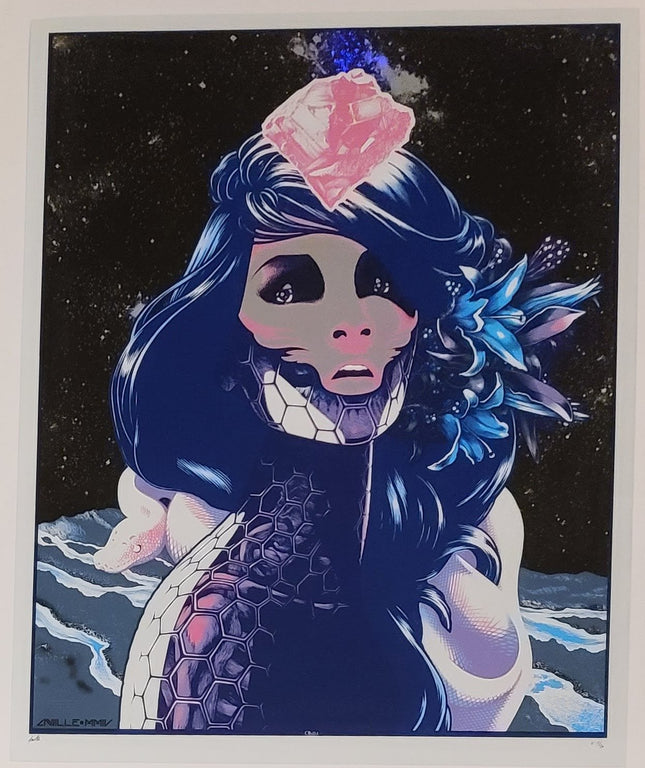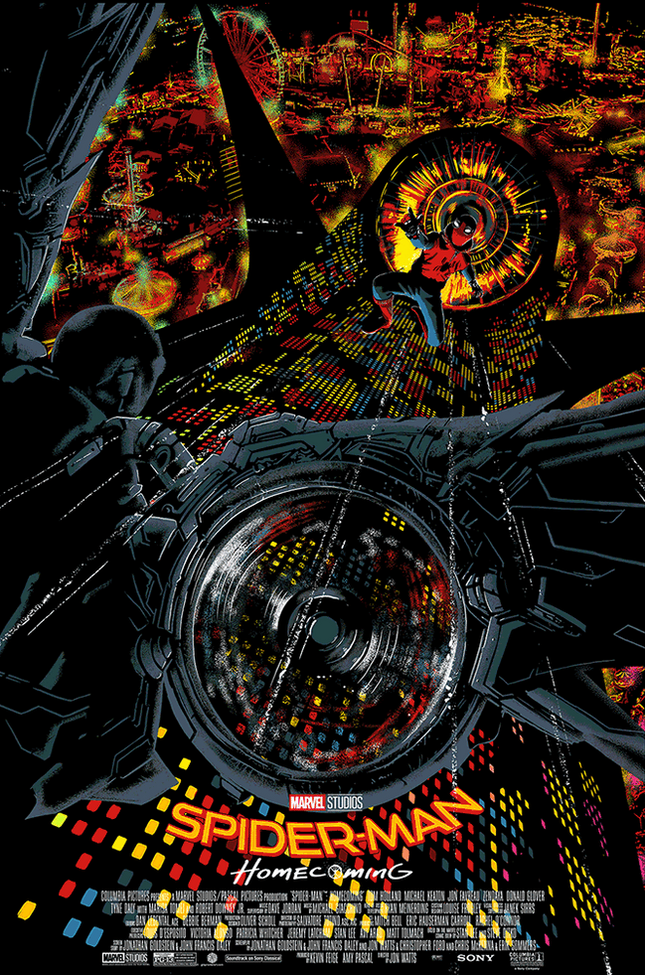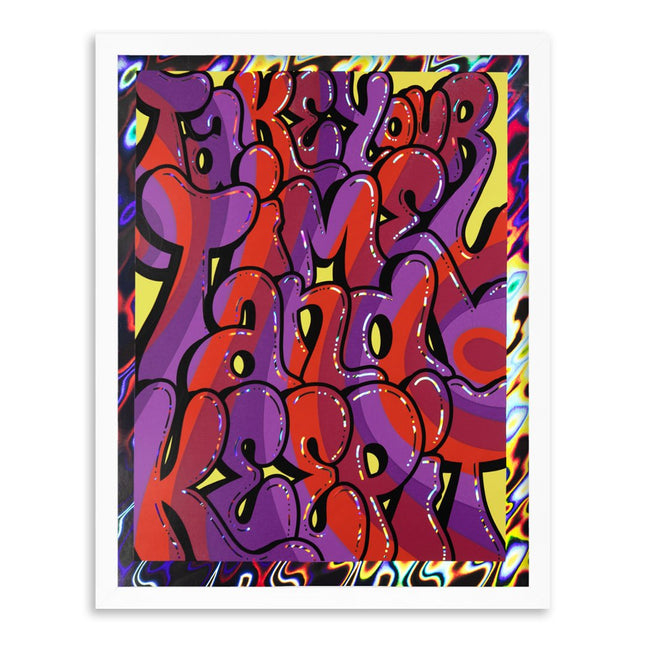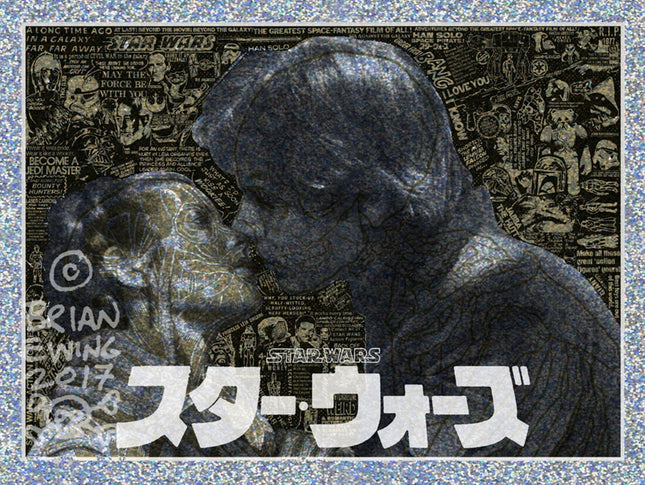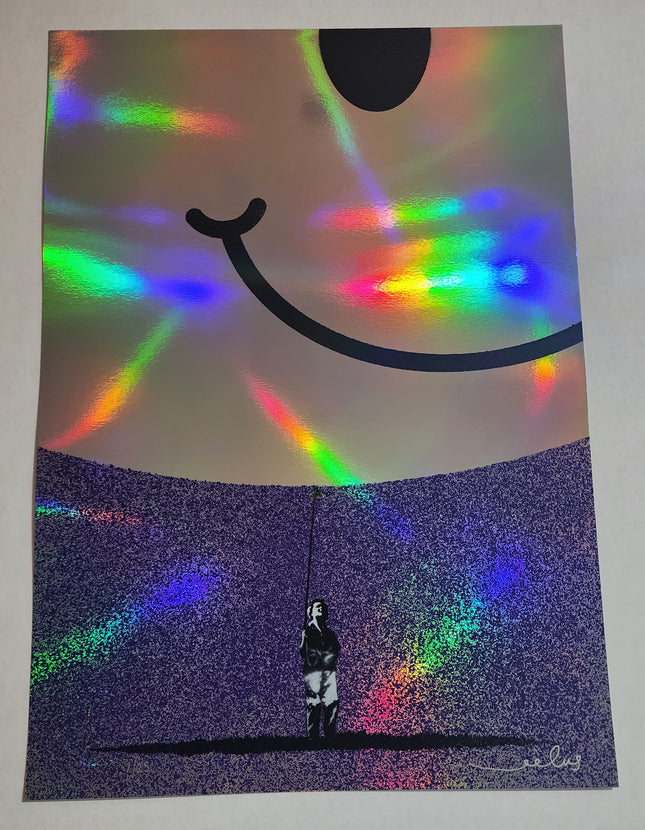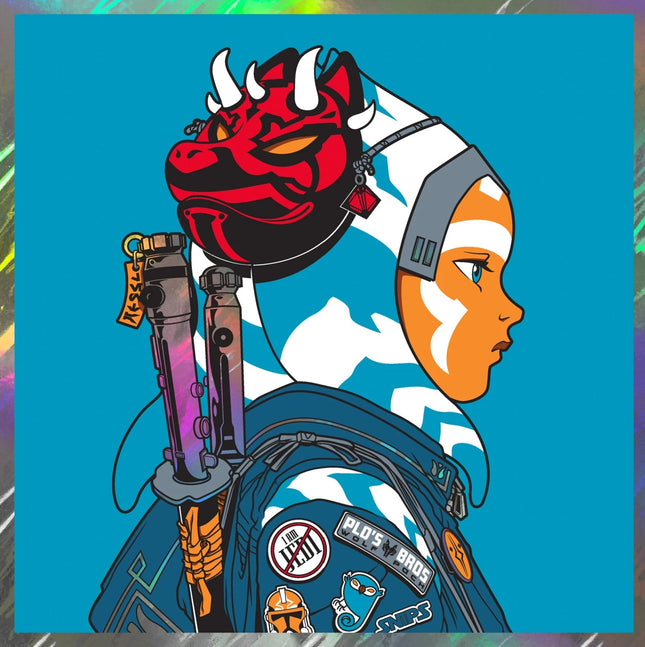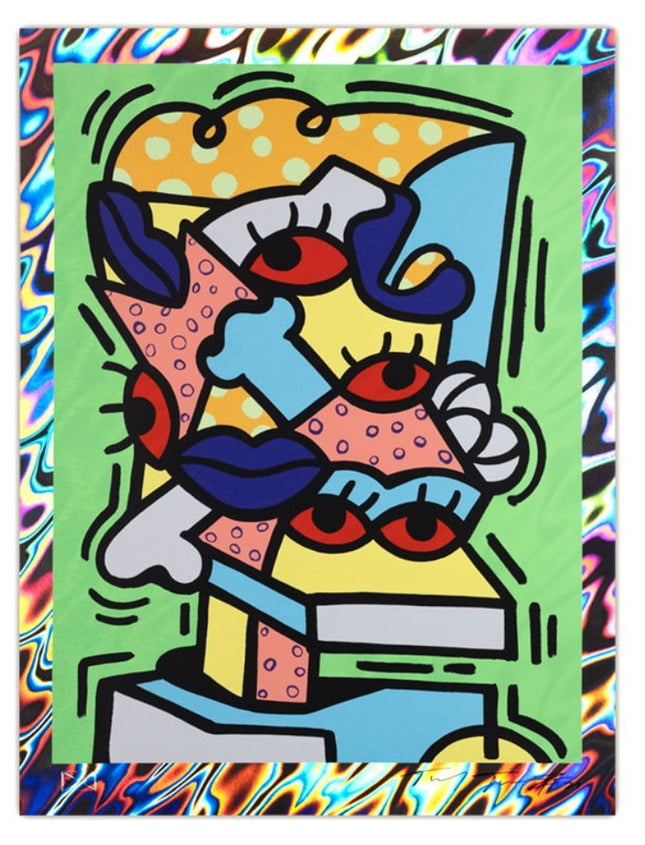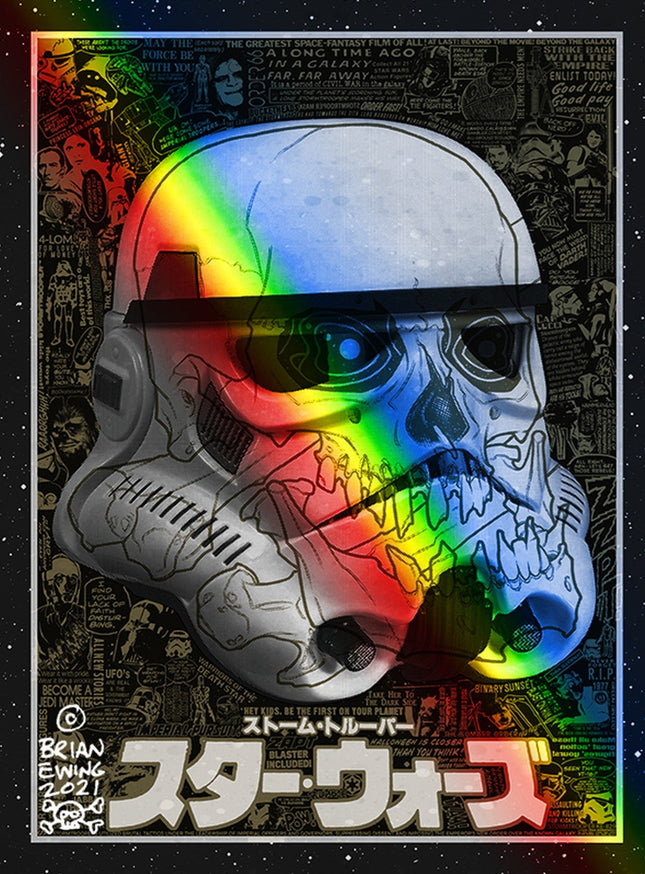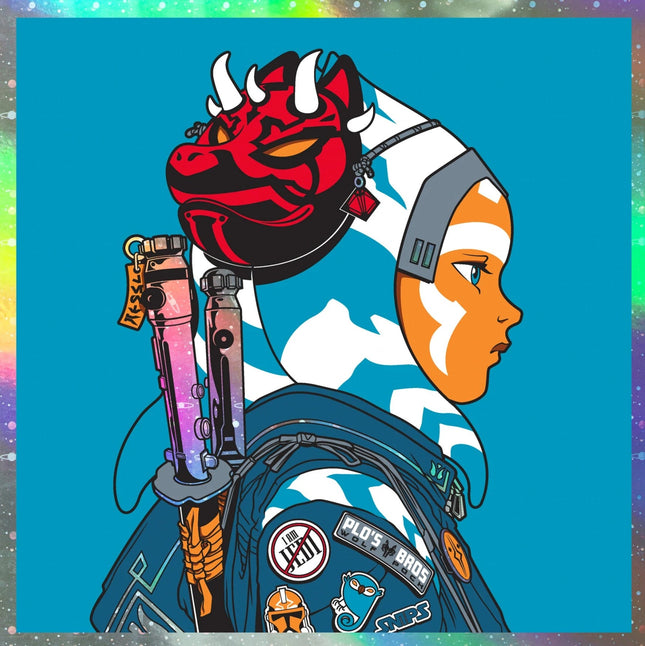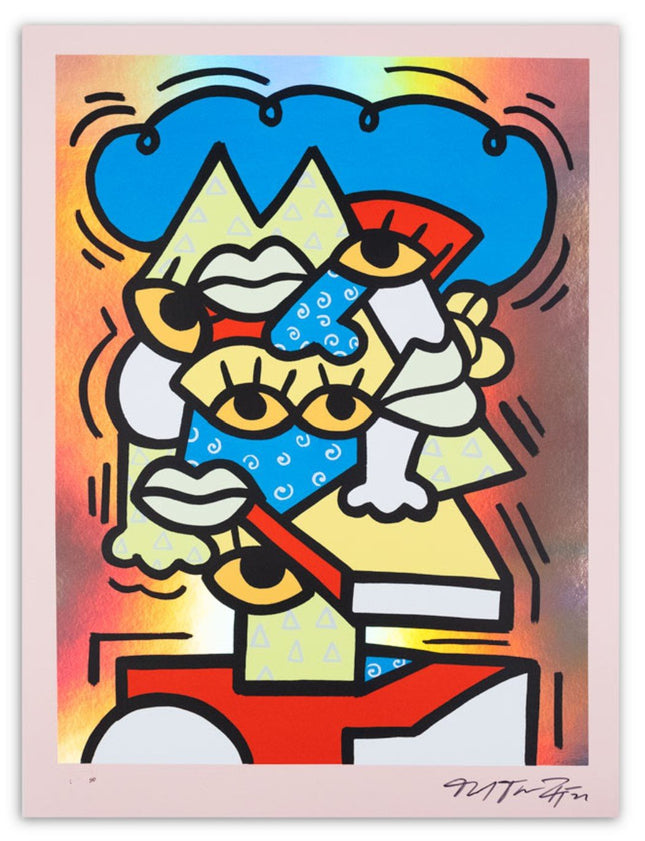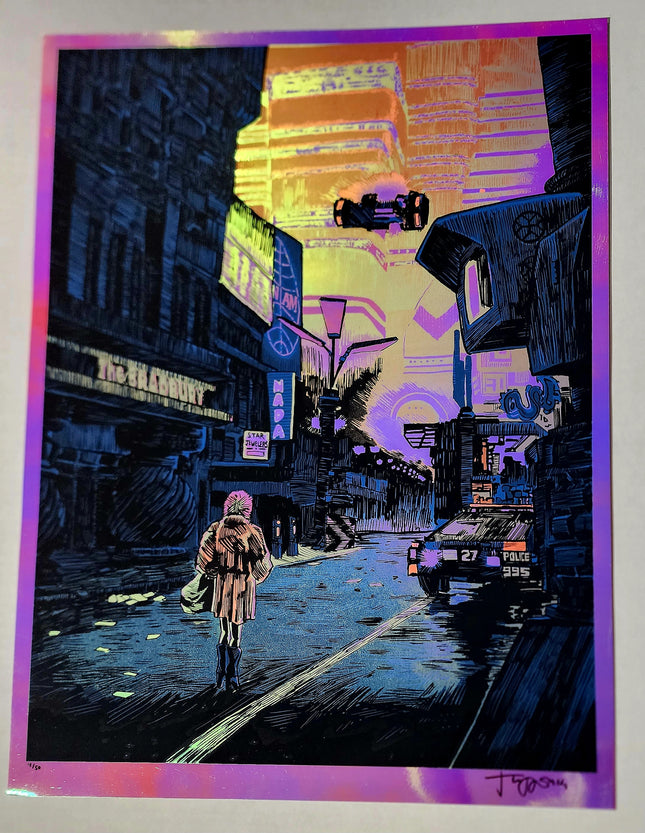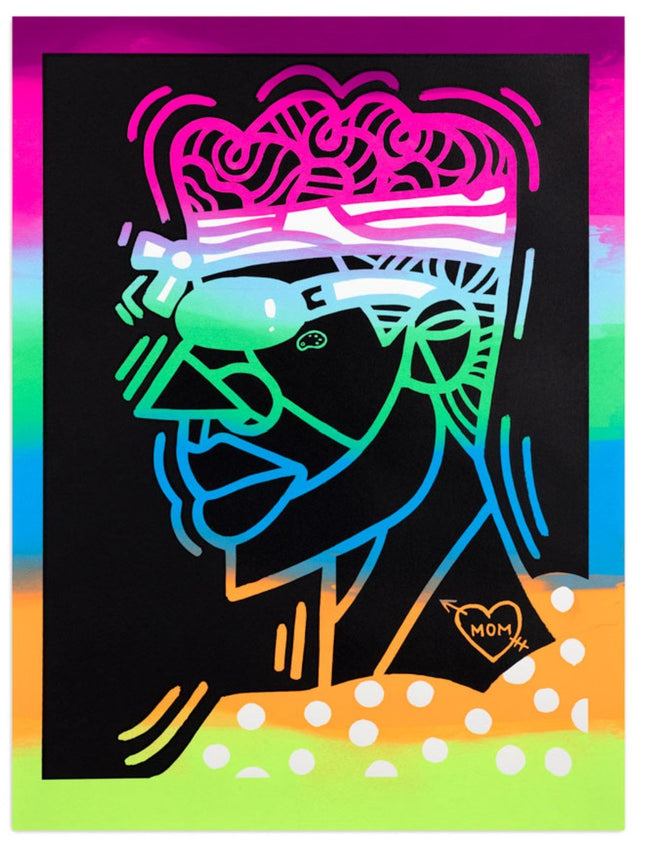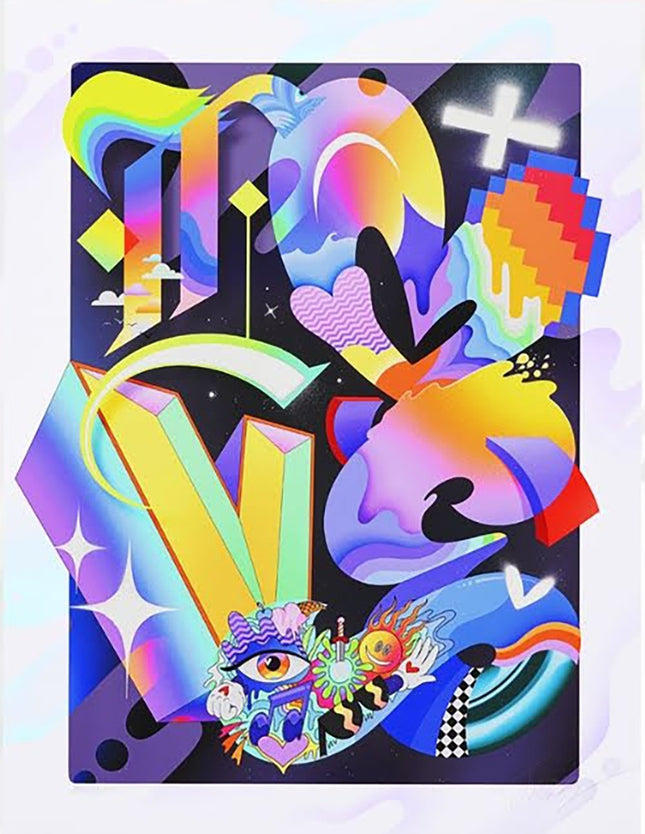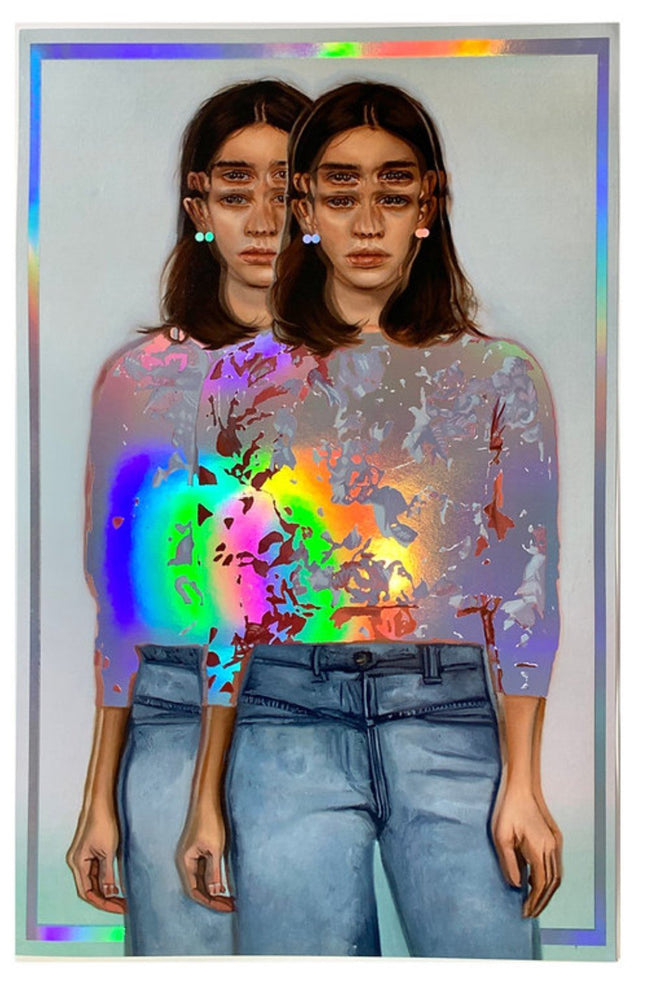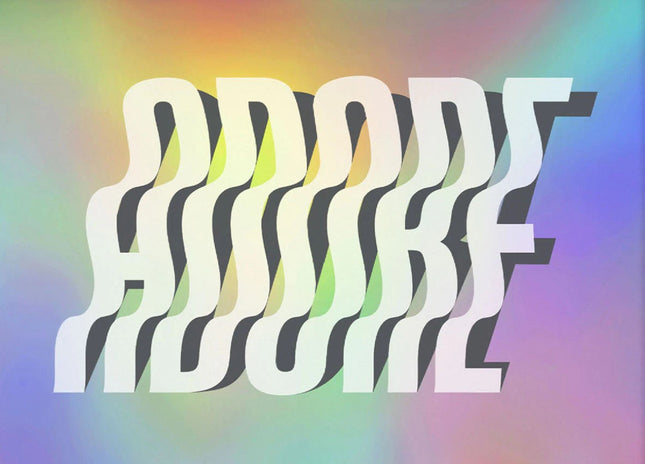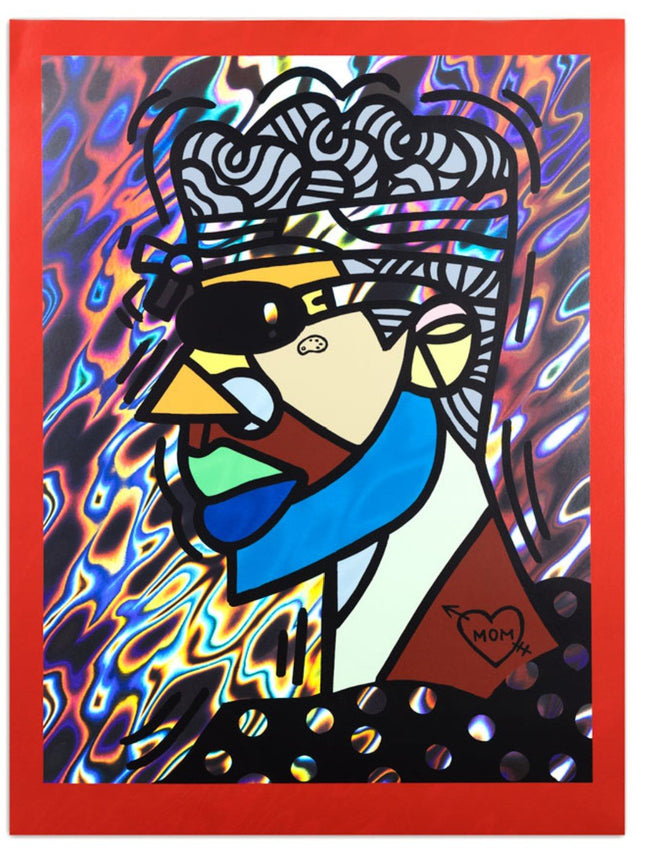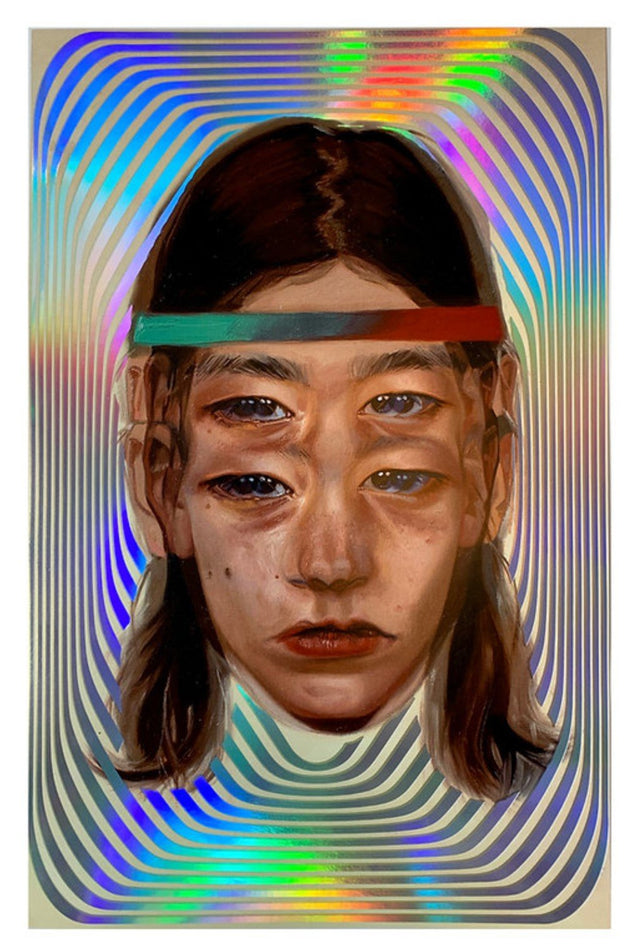
Holographic and 3D Art in Contemporary Street Culture
The advent of holographic and 3D techniques has revolutionized the presentation and perception of street pop art and graffiti. These innovative methods have brought a dynamic new dimension to artworks, allowing artists to create pieces that extend beyond the traditional two-dimensional plane. Holographic art, with its ability to produce a three-dimensional optical illusion, and 3D art that adds actual depth and structure, both contribute to the evolving narrative of street and pop art by engaging audiences with an immersive experience.
Integration of New Technologies in Art Creation
Artists within the street pop and graffiti spheres have eagerly embraced holographic and 3D technologies to push the boundaries of visual expression. Holographic materials reflect light to create an illusion of depth, making static images appear as if they move and change with the viewer's perspective. Similarly, 3D art employs various techniques, from sculpture to digital modeling, to build out from the flat surface. These technologies invite a tactile interaction and offer new ways for artists to explore concepts of perception and reality.
Impact on Audience Engagement and Artwork Accessibility
Holographic and 3D elements in street pop art and graffiti have also transformed how audiences interact with artwork. Viewers are no longer passive observers but active participants who can experience art in a more personal and direct way. Moreover, these techniques have expanded the accessibility of art, with holographic prints and 3D replicas allowing for wider distribution and enjoyment of pieces that might otherwise be limited by location or availability.
Sustainability and Preservation of Street Art
Another significant aspect of holographic and 3D art is the potential for preservation. Street art and graffiti are often ephemeral, vulnerable to the elements or city clean-up efforts. Holographic and 3D reproductions offer a means to immortalize these artworks, preserving the artists' intentions and the work's cultural relevance for future generations.
Future Directions and Potential of Holographic and 3D Art
The future of holographic and 3D art within the street pop and graffiti scenes is promising, with continuous advancements opening up even more possibilities. As artists explore and integrate these techniques, we can expect to see artworks that not only expand in physical space but also offer multi-sensory experiences. The potential for collaboration across disciplines is vast, indicating a bright future where technology and creativity combine to create ever-more captivating and innovative art.
